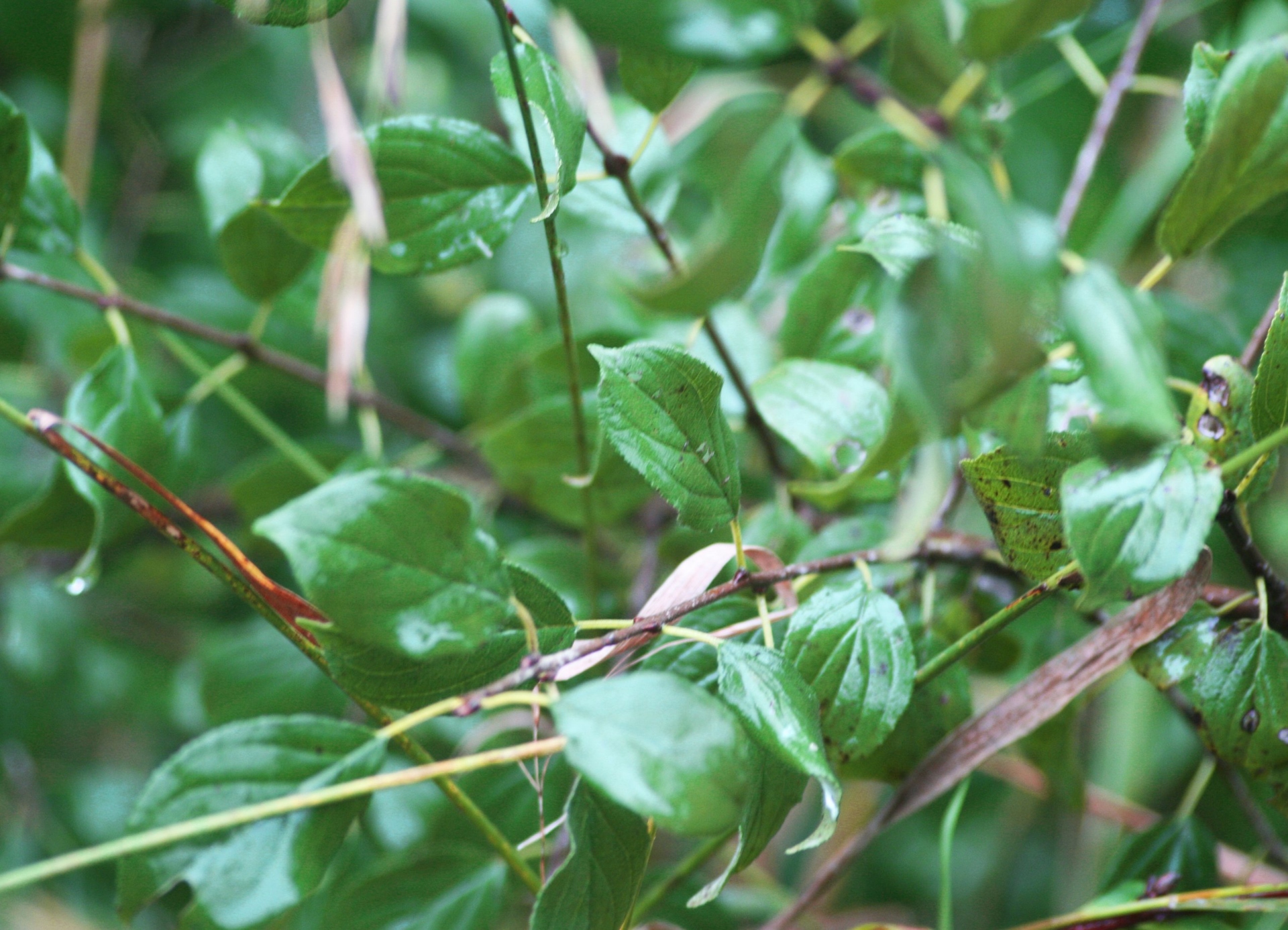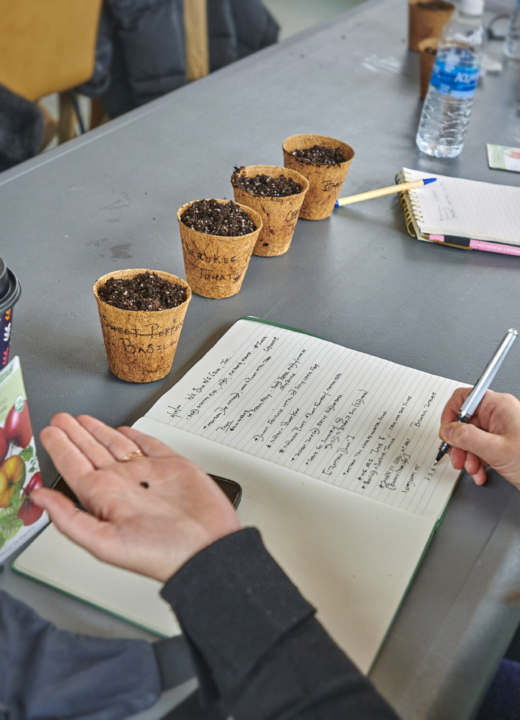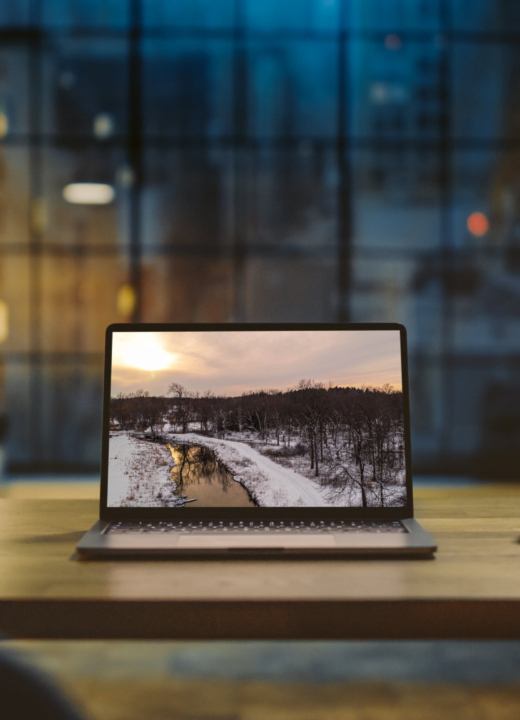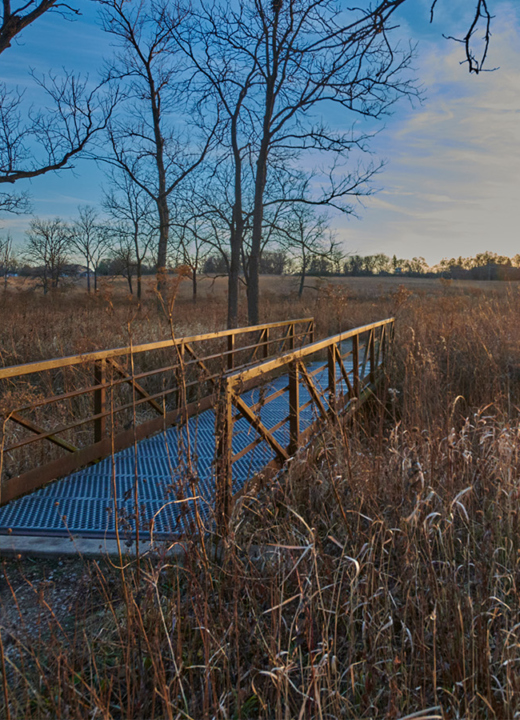Converting trees, plants, and other elements from nature into products we can use is one of the defining aspects of our species. Textiles, food, dyes, woodworking, paper, art, and much more all have their origins in the natural, wild world. The Morton Arboretum’s current exhibition, Of the Earth, highlights spectacular transformations of natural materials into thought-provoking and inspiring art.
The rate of human consumption often outpaces what we can expect the natural world to supply. Further, human movements have introduced destructive plants and animals into ecosystems worldwide. These new plants and animals often take over those ecosystems and hasten their collapse.
Sustainable thinking has become not just good business. Resilience in the face of climate change is essential to all species. Our woodlands, prairies, and wetlands are currently threatened by invasive species: species that are not native to the area and are significantly expanding here, to the point of harming local species. Learning how to use the invasive species that occupy our wild spaces can be one of the many tools we can use to restore ecosystem health. All sustainable and ecological solutions require creativity, and so we will harness the power of invasive species for our own personal use and appreciation.
This class will take a look at several of the most invasive plants to the Midwest and discuss alternate uses for them, encouraging us to think creatively about the many challenges facing civilization and nature alike.
This program meets in person at the Arboretum.
Instructor: Robb Telfer, adult learning programs assistant, The Morton Arboretum
Age: 16 and older. Ages 10 and up welcome with a registered adult; both the adult and the child participating must have registered for the program.
Course number: A050





























































































